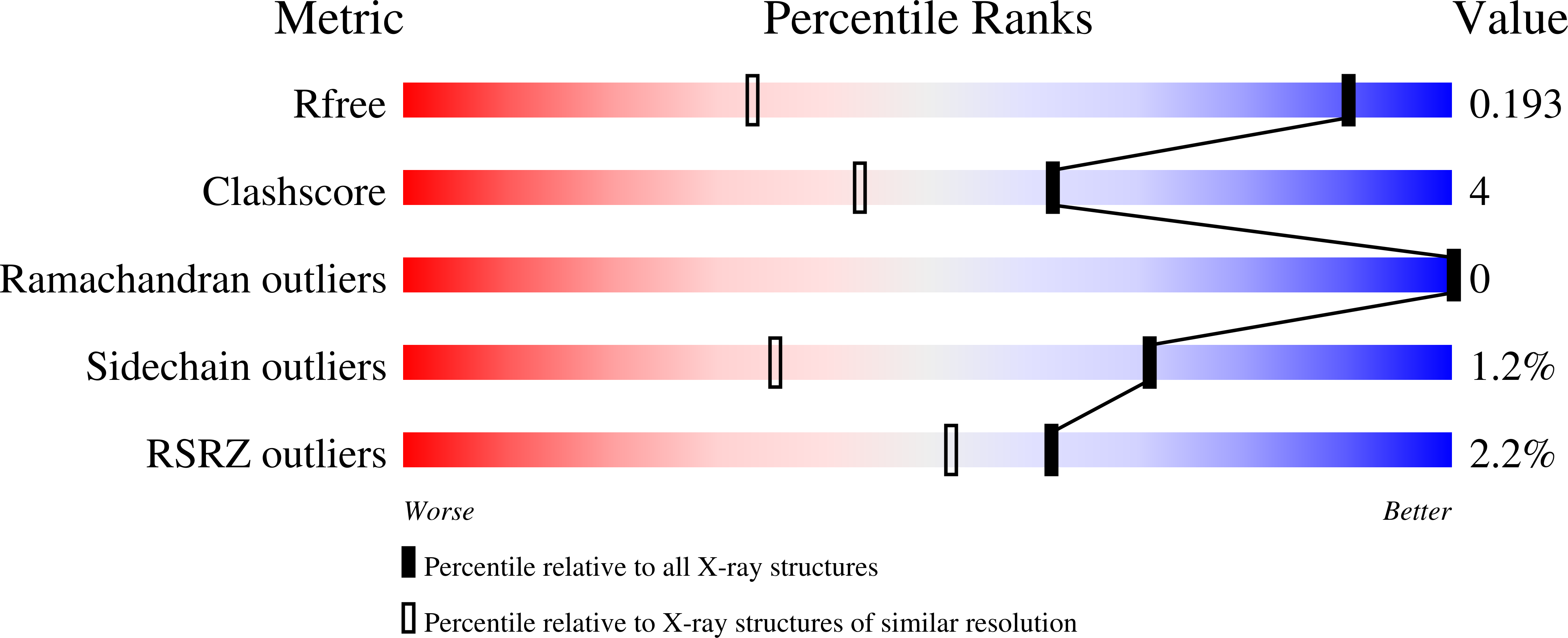
Deposition Date
2005-12-12
Release Date
2006-05-16
Last Version Date
2024-11-06
Entry Detail
PDB ID:
2FCW
Keywords:
Title:
Structure of a Complex Between the Pair of the LDL Receptor Ligand-Binding Modules 3-4 and the Receptor Associated Protein (RAP).
Biological Source:
Source Organism:
Homo sapiens (Taxon ID: 9606)
Host Organism:
Method Details:
Experimental Method:
Resolution:
1.26 Å
R-Value Free:
0.2
R-Value Work:
0.15
R-Value Observed:
0.13
Space Group:
C 1 2 1


